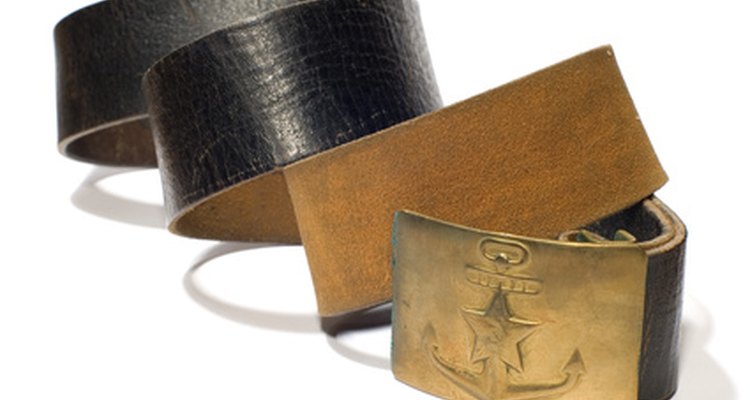
Leather belts are typically marked on the reverse side to indicate composition materials. Leather is more expensive than many materials used to make belts and is valued for its strength and durability. A genuine leather belt may contain several layers of leather, bonded or sewn together, while a full-grain cowhide belt is cut from the hide with minimal processing.
Leather Labeling
Genuine leather belts must be 100 percent leather, not shredded nor bonded with fabric or synthetic materials. Full-grain cowhide belts are made from the original skin or hide from the cow, from which the hair has been removed and the hide has been preserved and softened, but otherwise has not been altered.
Leather Preparation
The cowhides are first "fleshed" to remove any residual meat tissue or fat after skinning the animal. The hides are then "cured" by treating them with a salty brine solution to prevent them from spoiling. The cured hides undergo a chemical digestive treatment to remove hair and are cleaned. Once the hair is removed, the hides are treated with enzymes to remove residual deposits and to increase softness. The cleaned hides are "tanned" by soaking and agitating them in a tanning solution. Chemical tanning uses a solution of chromium sulfate. Vegetable tanning uses tanning from tree bark and other organic substances to stabilize and preserve the leather. Once the cowhide is tanned, it is referred to as "leather."
Splitting the Leather
A horizontal band saw is used to split the tanned leather into two main layers, top-grain leather and split leather. Top-grain leather includes the epidermis (outer skin) and the lower layer, which is the softer, less durable corium layer. Top-grain leather is used to make items such as upholstery material, clothing, some shoes and purses. It is also used to sew onto other materials to give the appearance of full-grain leather. The corium layer is used to make suede leather.
Full-Grain Cowhide Belts
Full-grain cowhide leather is not split. It is cleaned and tanned, then dyed and softened. Full-grain leather often has noticeable blemishes, but they do not detract from the strength, durability or value of the leather. Belts are made by cutting the leather into strips. They are sometimes embossed and coated to protect them from water, dirt and body oils. A buckle is attached by sewing or riveting and holes are punched to buckle the belt. Belts cut from full-grain leather are strong and durable and may last for many years.
Genuine Leather Belts
Genuine leather belts are typically made in layers, sewn and/or glued together. The layers must be leather products, not synthetic materials. By laminating scrap or inferior leather pieces to make the substrate, then using a thin layer of top-grain (epidermis) leather for the outer surface, the cost of manufacturing belts is reduced and waste is minimized.
Compare Value
Full-grain cowhide leather belts are stronger and more durable than belts marked as "genuine leather." Both types of belts may be found in widely varying price ranges. If you are buying a belt as a fashion accessory to be worn occasionally, a genuine leather belt may suit your needs. If functionality, strength and durability are important to you, a full-grain cowhide belt will better serve you.
Related Articles

What Is Hog Casing Made Of?

Sheepskin Vs. Deerskin

Difference Between Suede & Microfiber
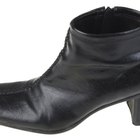
How to Identify Calfskin Leather

Naked Leather Vs. Cowhide

What Is Liverwurst Made Out Of?

Lambskin vs. Cowhide

What Are Ugg Boots Made Out Of?
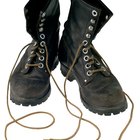
How to Harden Leather Boots

How to Care for Crocodile Skin Leather ...
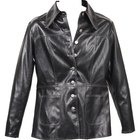
How Can I Take the Shine Off My Fake ...

How to Make Suede Leather

How to Care for Caiman Boots
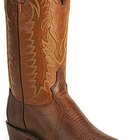
How to Clean Lizard Skin Boots

Health Benefits of Organic Foods Vs. ...

List of Retinoids

How Are Handbags Made?
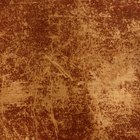
How to Restore Flaking Leather
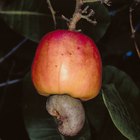
What Is the Difference Between Raw & ...

How to Tell if a Louis Vuitton Men's ...
References
Writer Bio
Denise Nyland "Denisen" is a long term resident of Panama City, Fla. She studied radiologic sciences and education and has published articles in multiple professional journals and contributed to various educational texts.
Photo Credits
belt image by Aleksandr Ugorenkov from Fotolia.com